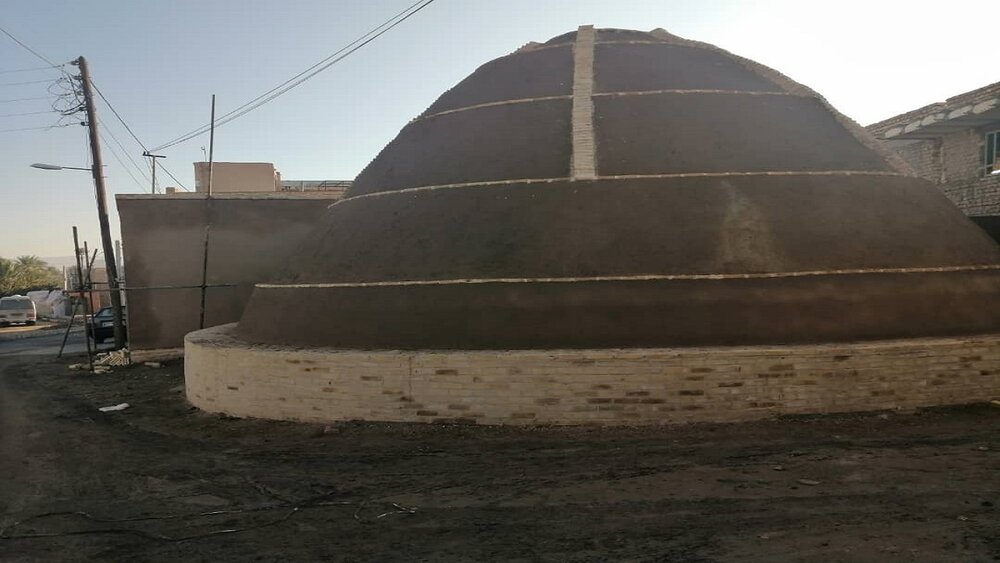INSUBCONTINENT EXCLUSIVE:
materials, Leili Ranjbar said on Tuesday.The historical monument is one of the biggest cisterns in the region, which is located in the
historical texture of the city, she noted.The cistern has been inscribed on the national heritage list.The term Ab-Anbar is common
throughout Iran as a designation for roofed underground water cisterns
It associates with water management systems in arid areas that are reliant on permanent springs or seasonal rainwater.Such underground
reservoirs or Ab-Anbars are parts of the iconic qanat systems, which rely on snow-fed streams flowing down from surrounding
mountains.Qanats, according to UNESCO, provide exceptional testimony to cultural traditions and civilizations in desert areas with an arid
climate.In July 2017, the historical structure of the city of Yazd was named a UNESCO World Heritage
Wedged between the northern Dasht-e Kavir and the southern Dasht-e Lut on a flat plain, the oasis city enjoys a very harmonious
destination by almost all of its visitors
The city is full of mud-brick houses that are equipped with innovative badgirs (wind catchers), atmospheric alleyways, and many Islamic and
Iranian monuments that shape its eye-catching city landscape.It is a living testimony to the intelligent use of limited available resources
in the desert for survival
Water is brought to the city by the qanat system
Each district of the city is built on a qanat and has a communal center.The use of earth in buildings includes walls and roofs through the
construction of vaults and domes
Houses are built with courtyards below ground level, serving underground areas
Wind catchers, courtyards, and thick earthen walls create a pleasant microclimate.Partially covered alleyways, together with streets, public
squares, and courtyards, contribute to a pleasant urban quality
The city escaped the modernization trends that destroyed many traditional earthen cities.It survives today with its traditional districts,
the qanat system, traditional houses, bazaars, hammams, water cisterns, mosques, synagogues, Zoroastrian temples, and the historic garden of
The city enjoys the peaceful coexistence of three religions: Islam, Judaism, and Zoroastrianism.ABU/AM

